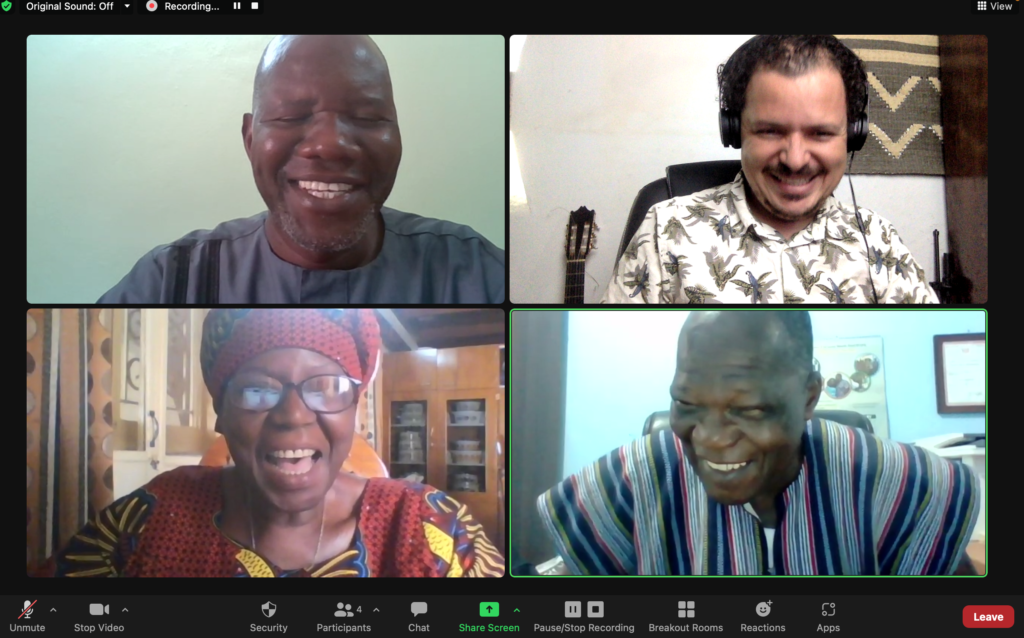Collective Story Harvest
Collective Story Harvest has been defined as:

Collective Story Harvest is a storytelling process to unveil multiple facets, aspects and insights hidden deeply in the experiences of individuals, communities, teams, organisations or social systems. As a process it helps to find common themes, from a particular field, making it easy to extract the knowledge and learning present in our stories so that we can bring it into practice or actionable learning, whilst sharpening the listening skills of participants, building empathy and deep connections between people.
What is collective Story Harvest best used for?
- As part of inquiry or listening exercises
- When you are seeking to understand experience in order to improve a service, a product or transform a system.
- As part of a listening process seeking to create new policies or transform existing policies based on the stories of people with lived experience of that matter at hand (for example understanding the stories of people who were adopted or had their children removed by social services during a review of the children social care system)
- As part of a team building exercise
- A part of a strategic planning process
- As part of an after action review

How does a Collective Story Harvest work?
When a collective story harvest is to be convened, you must first find your storytellers (people who will have a story to tell with a common thread and who are representative of key stakeholder groups within the group you are trying to study.
You must identify some ‘listening lenses’ which are those particular areas you would want to focus the specific learning you want to gain from the stories (for example, the challenges, the opportunities, the turning point, what helped? What hindered? etc)
Ahead of the event (ideally), the Story tellers must be supported to understand how to tell the story in the best possible way. They must be made aware of the listening lenses you are to use, so they shape their story around this but without making it too explicit in the story they tell.
You can then invite participants letting them know the names of the story tellers and the titles/ subtitle of the stories they will tell (if possible)
High-level overview of the storytelling process:
- Framing and introduction of the process: The whole group is together and the host introduces the process. Participants will choose which story they want to join and listen.
- Small group storytelling: After the introduction, participants move to small groups where about ten or so participants will join a storyteller. A host invites the group to go around the circle to briefly introduce themselves, and then invites volunteers to listen for specific themes in the stories. (they simply enhance the listening and learning from the stories). Next, the storyteller introduces him/herself and tells their story for around 15- 30 minutes, with the possibility of participants asking questions or making appreciative comments at the end.
- Small themed group harvesting: After they are finished telling their story, The groups will break into small themed groups for about 30 min listening lens to explore the commonalities across the various stories in relation to the listening lens the participants were given or chose. (for example the people listening for challenges will make one group, those listening for opportunities will be together in a different group). Meanwhile the storytellers get together to reflect on how it was to have their stories heard, their key insights and take aways.
- Convergence and harvesting: The whole group comes back together for at least 30 minutes and moves into a new plenary conversation to discover what has been learned across all the stories and listening lenses and to harvest the wisdom generated identifying key insights and patterns together.
- Circle of gratitude: The space closes with a circle of gratitude where all storytellers and at least some participants might share their key takeaways and something they are grateful for in particular.

